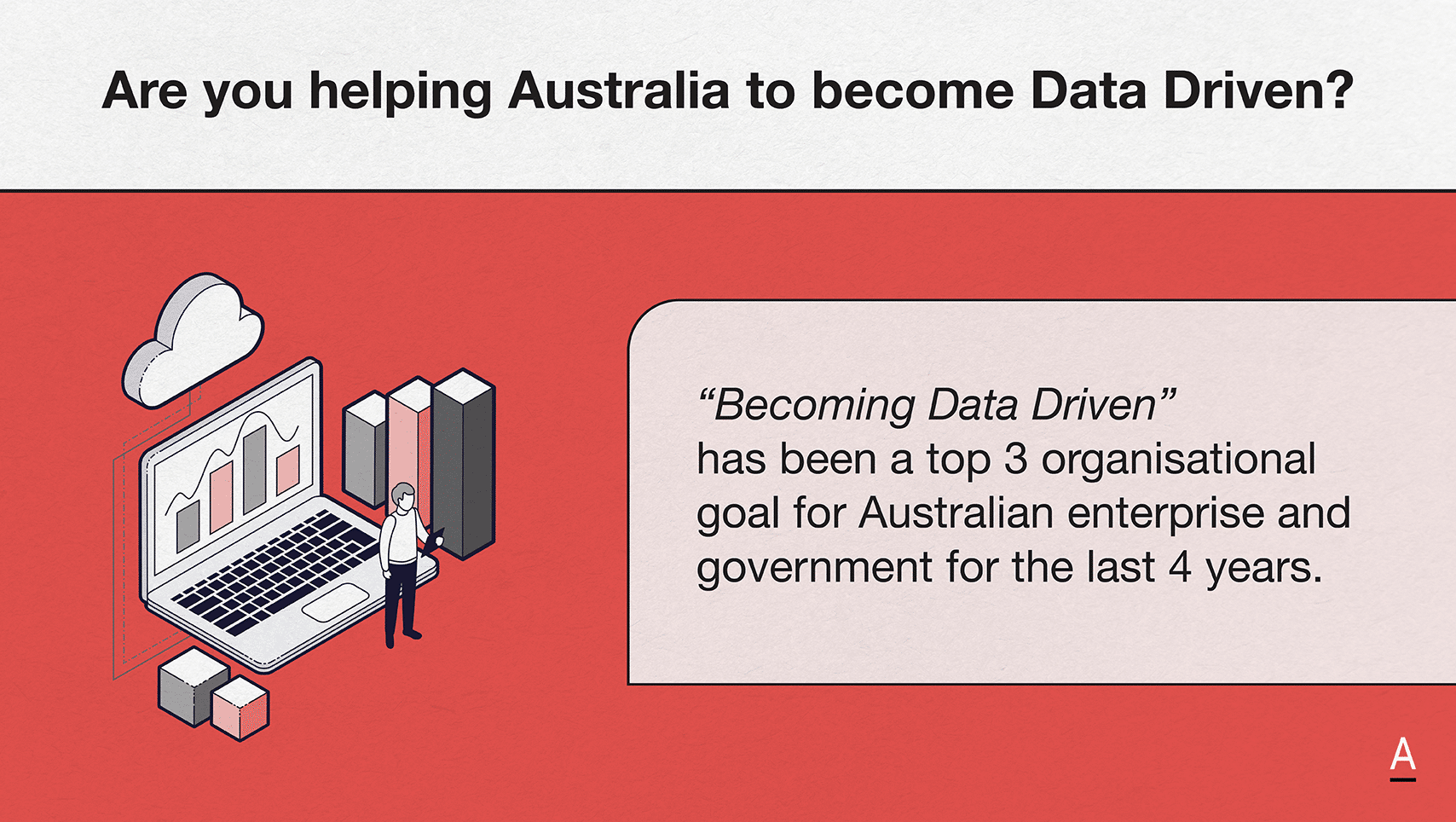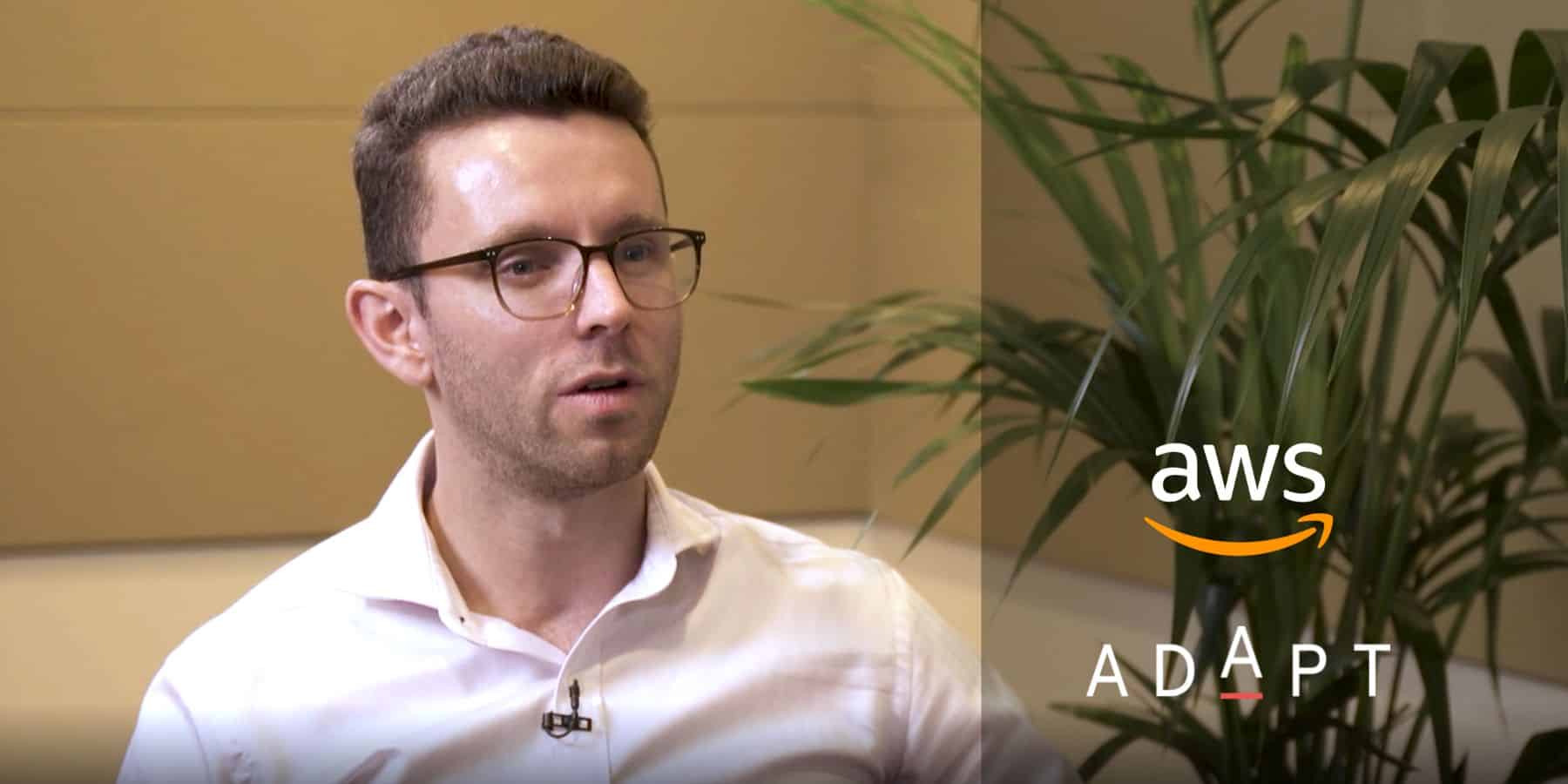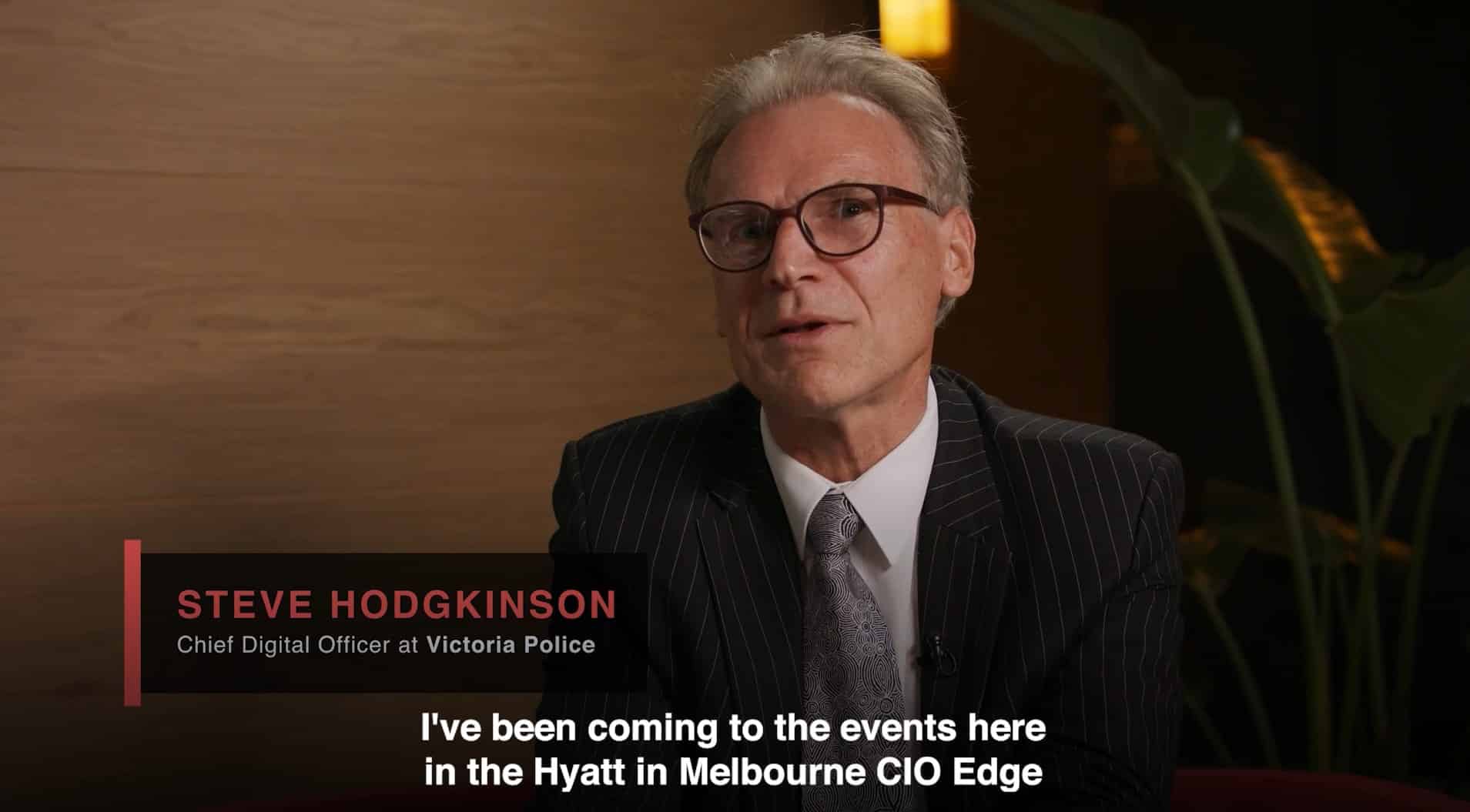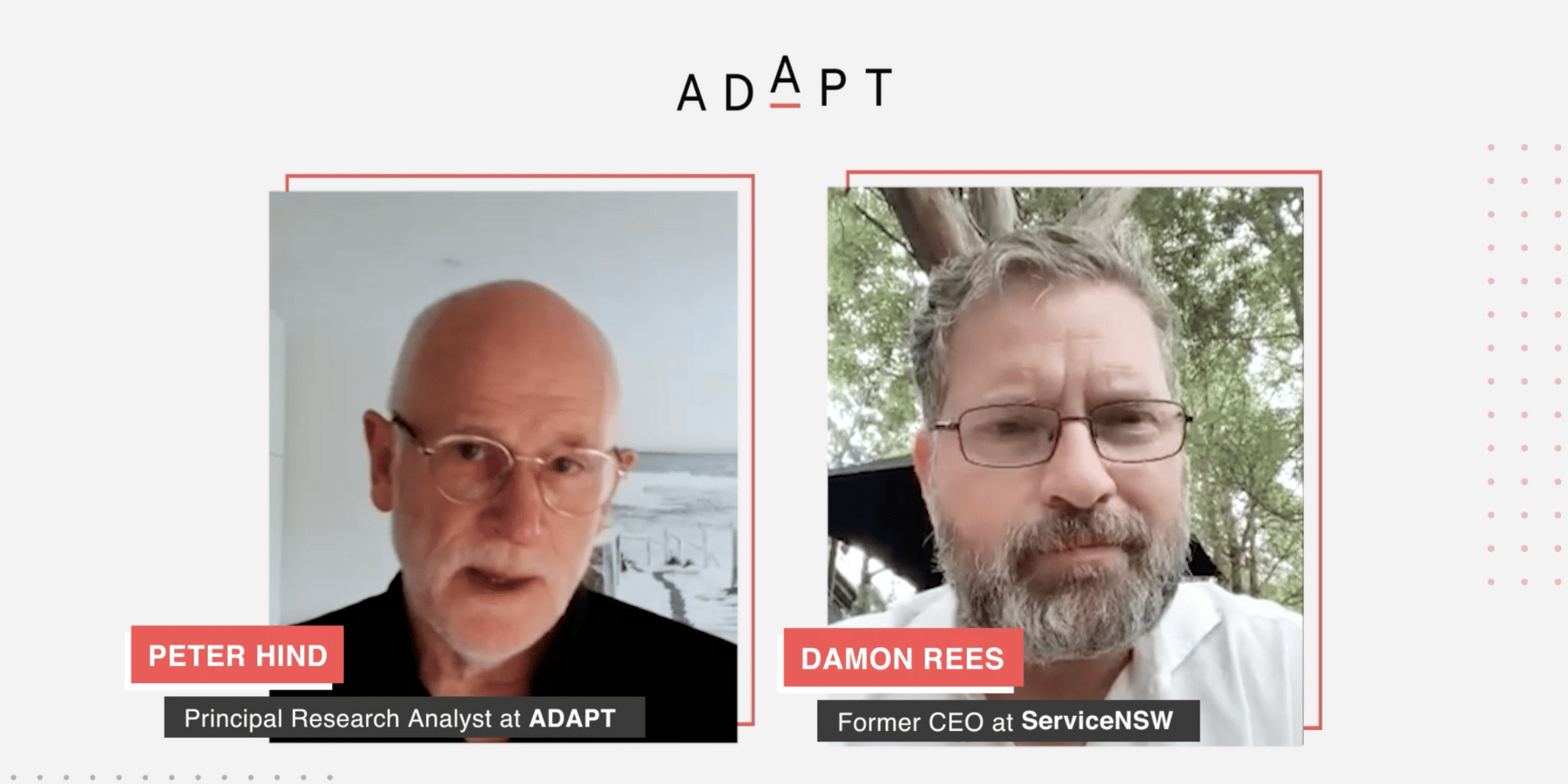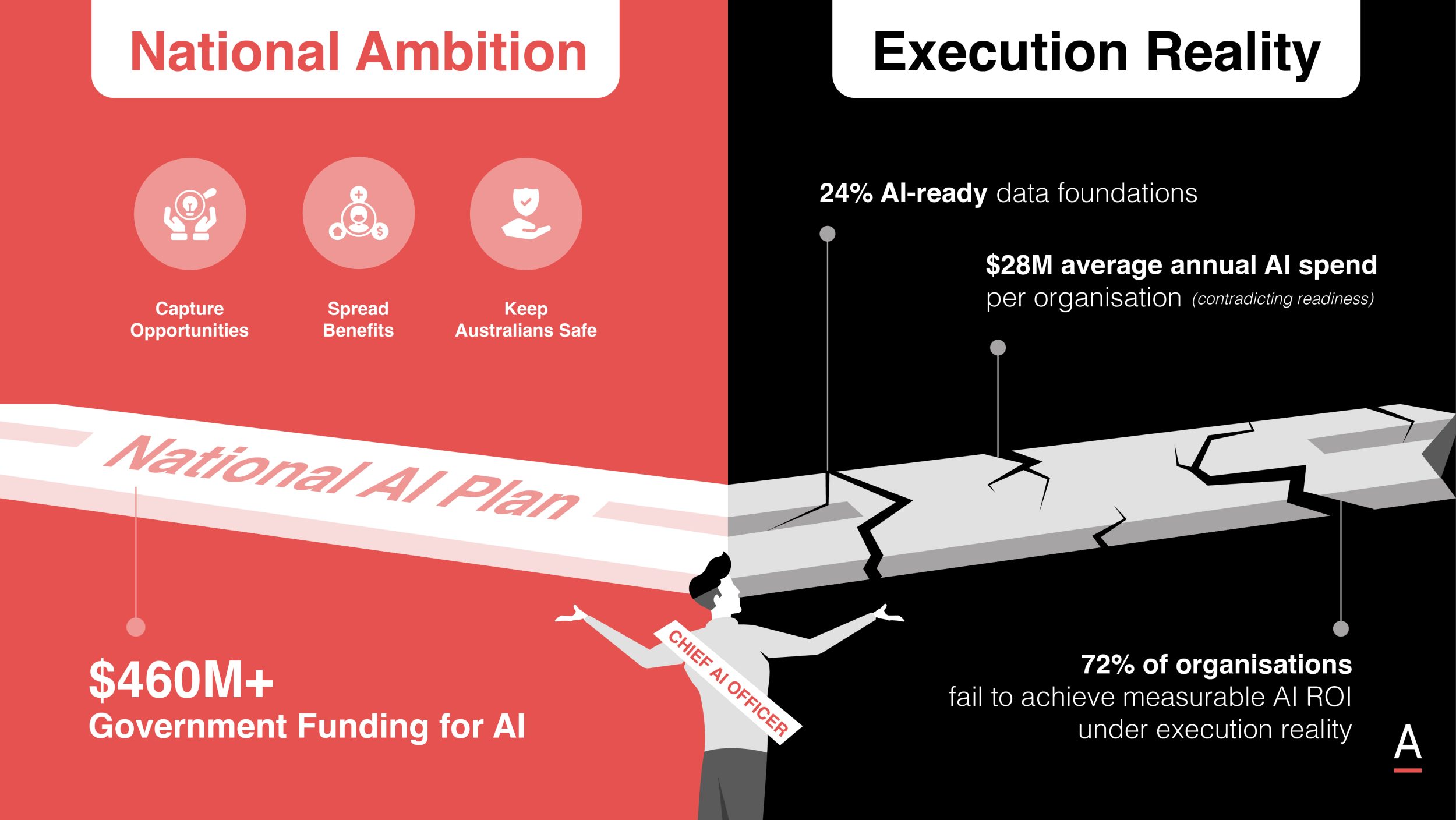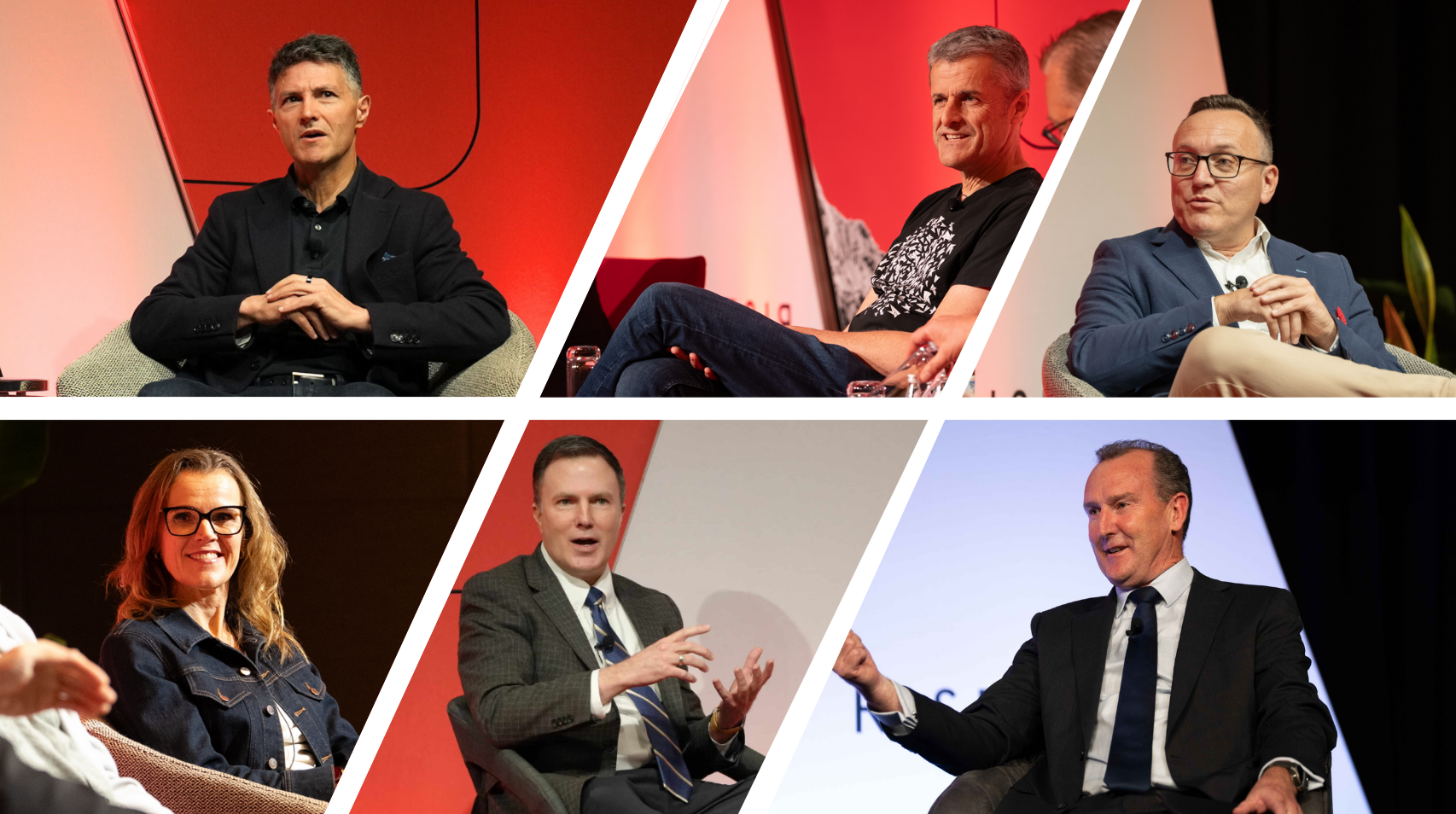Tech vendors are solving AI deployment for scale when they should be solving for trust
CDAOs need partners who align to outcomes, governance, and team capacity. Vendors succeed by solving real problems, not pitching technical scale.
Across Australia, vendors continue improving their AI platforms, expanding features and promising scalability.
However, many of their buyers face a different reality.
Chief Data and Analytics Officers are under pressure to deliver value, manage risk, and navigate fragmented internal capability. The distance between vendor value propositions and customer needs continues to widen.
CDAOs do not evaluate technology in a vacuum. They respond to solutions that recognise their organisational pressures. Trust, not scale, now defines relevance.
AI success depends on outcome alignment, not architecture
Boards no longer reward adoption for its own sake.
CDAOs are expected to drive measurable outcomes, from improving fraud detection to reducing forecasting errors.
These pressures shift attention away from technical performance and toward real business impact.
Dr Michael G. Kollo, Director of AI at ADAPT, highlighted how far internal readiness trails behind investment.
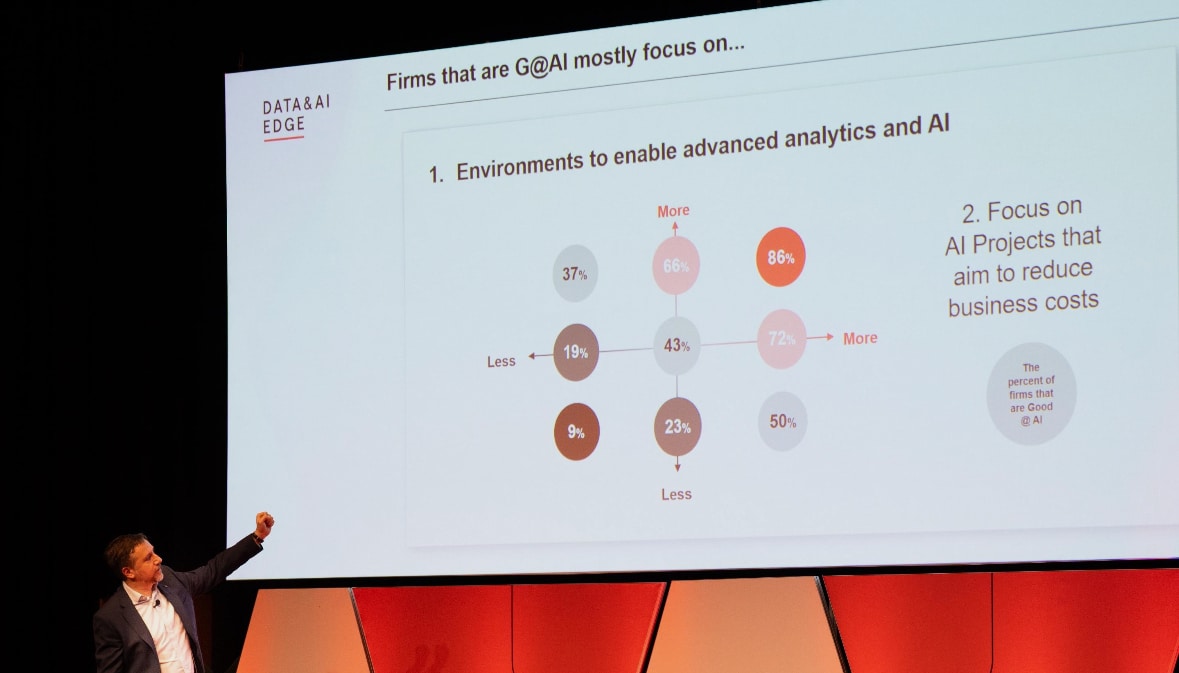
Only 6% of organisations have delivered AI awareness training.
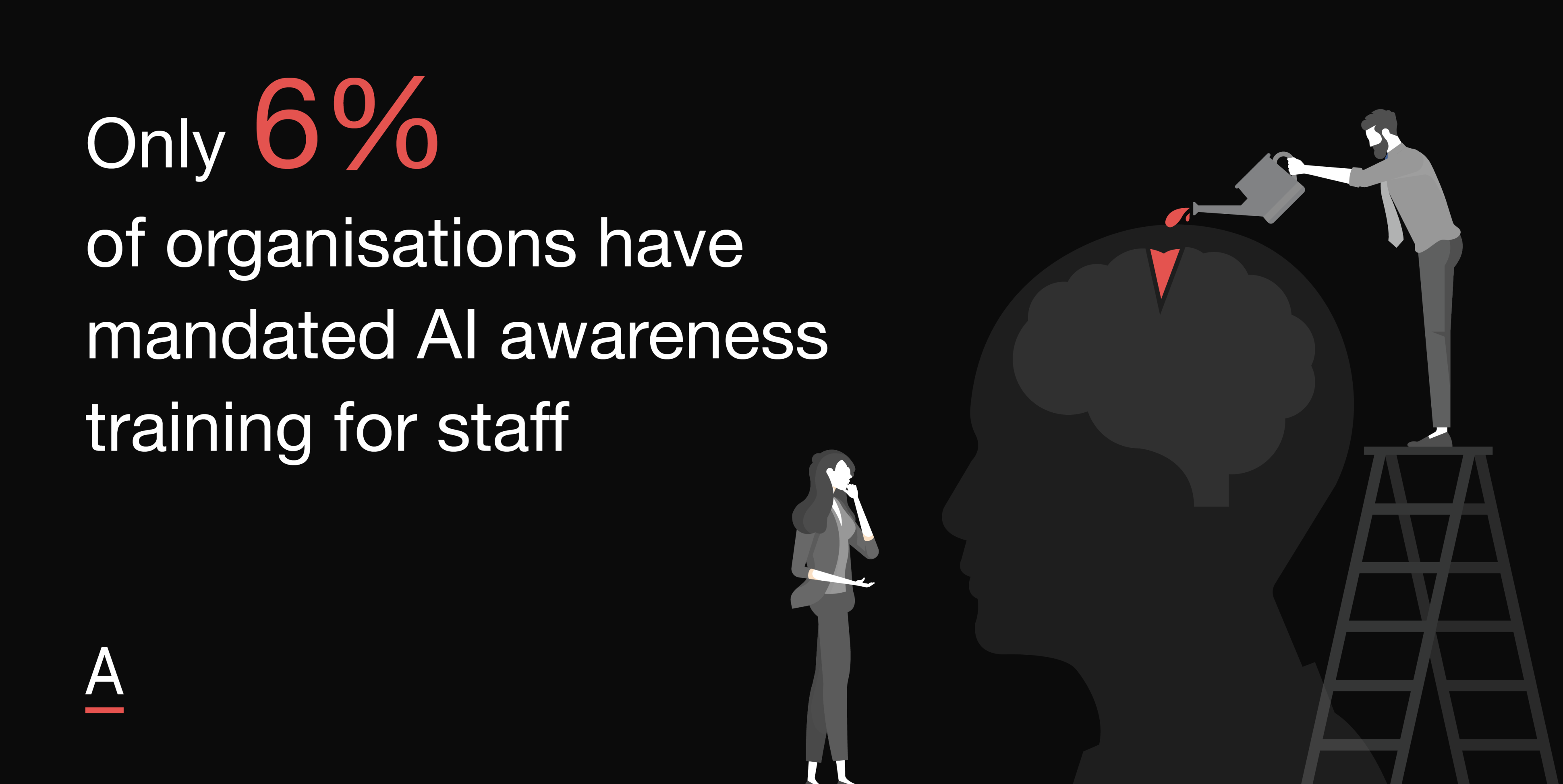
Despite widespread implementation of tools, 77% of CDAOs believe their data remains unfit for AI use cases in 2025.
This disconnect forces a rethink.
Instead of asking what a platform can do, CDAOs are asking what it can fix.
Richard Fleming, who leads AI Insights and Solutions at Bain and Company, described a recurring flaw in many vendor engagements.
He explained that organisations who position AI as a technology-led rollout typically struggle to realise impact.
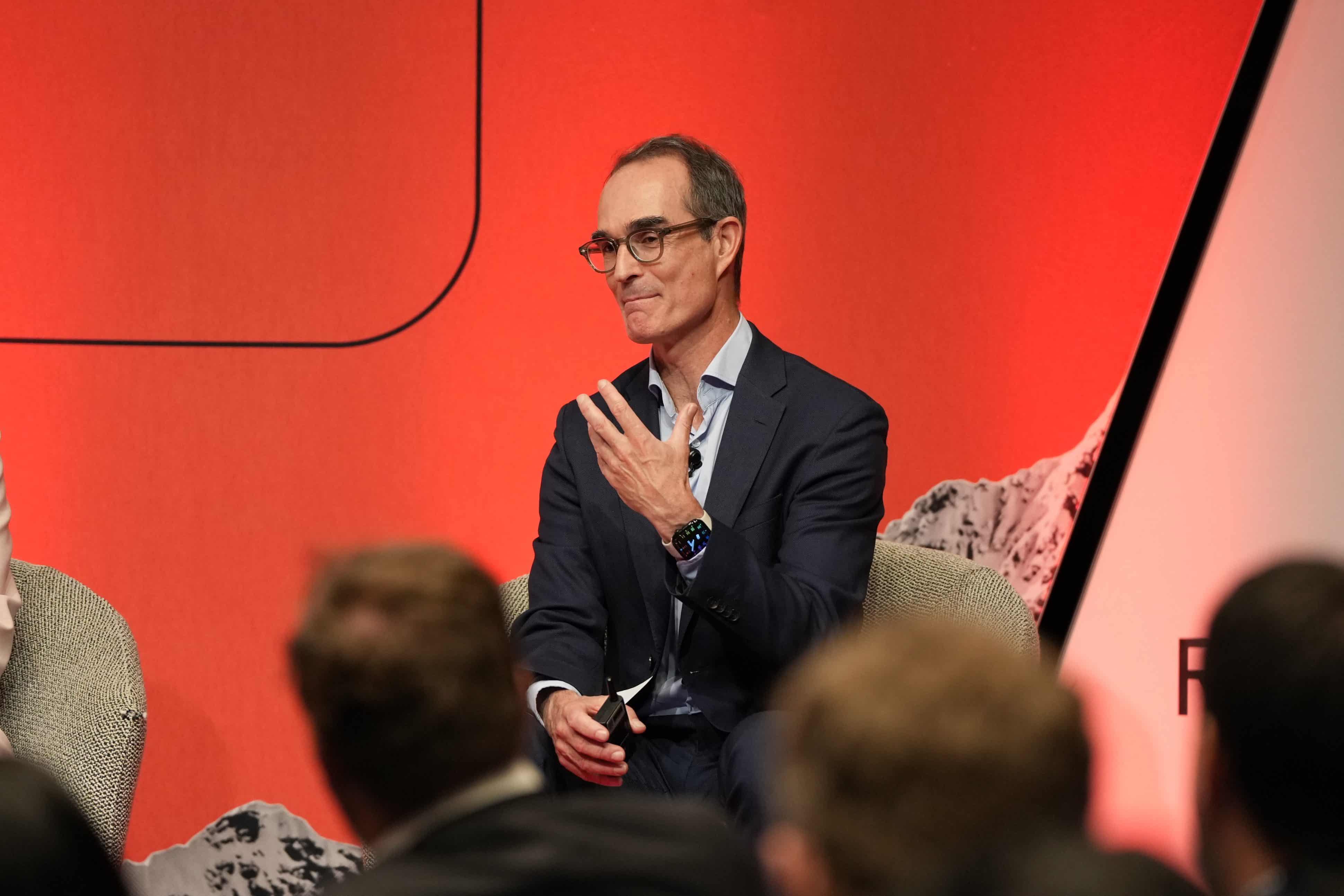
In contrast, those who centre ownership within the business functions build greater momentum and accountability.
He underscored that business-owned adoption creates the context where AI becomes actionable, measurable, and ultimately scalable.
Artak Amirbekyan, Chief Data Officer at EBOS Group and formerly at Transurban, approached this challenge by linking AI initiatives to operational pain points.
His team prioritised fraud detection because it addressed a visible exposure.
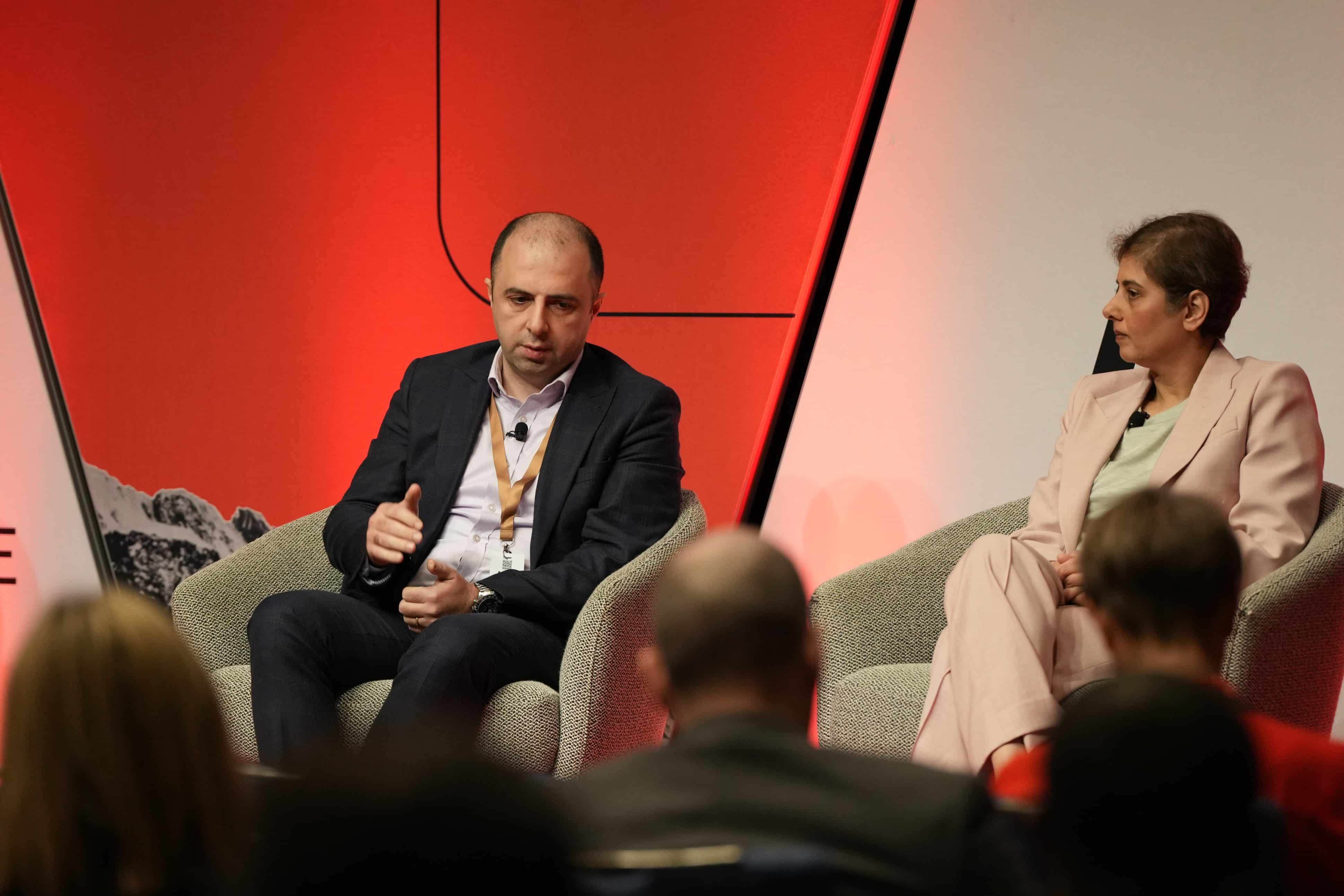
That decision helped build support internally and grounded the project in business relevance.
Alan Jacobson, Chief Data and Analytics Officer at Alteryx, reinforced this approach.
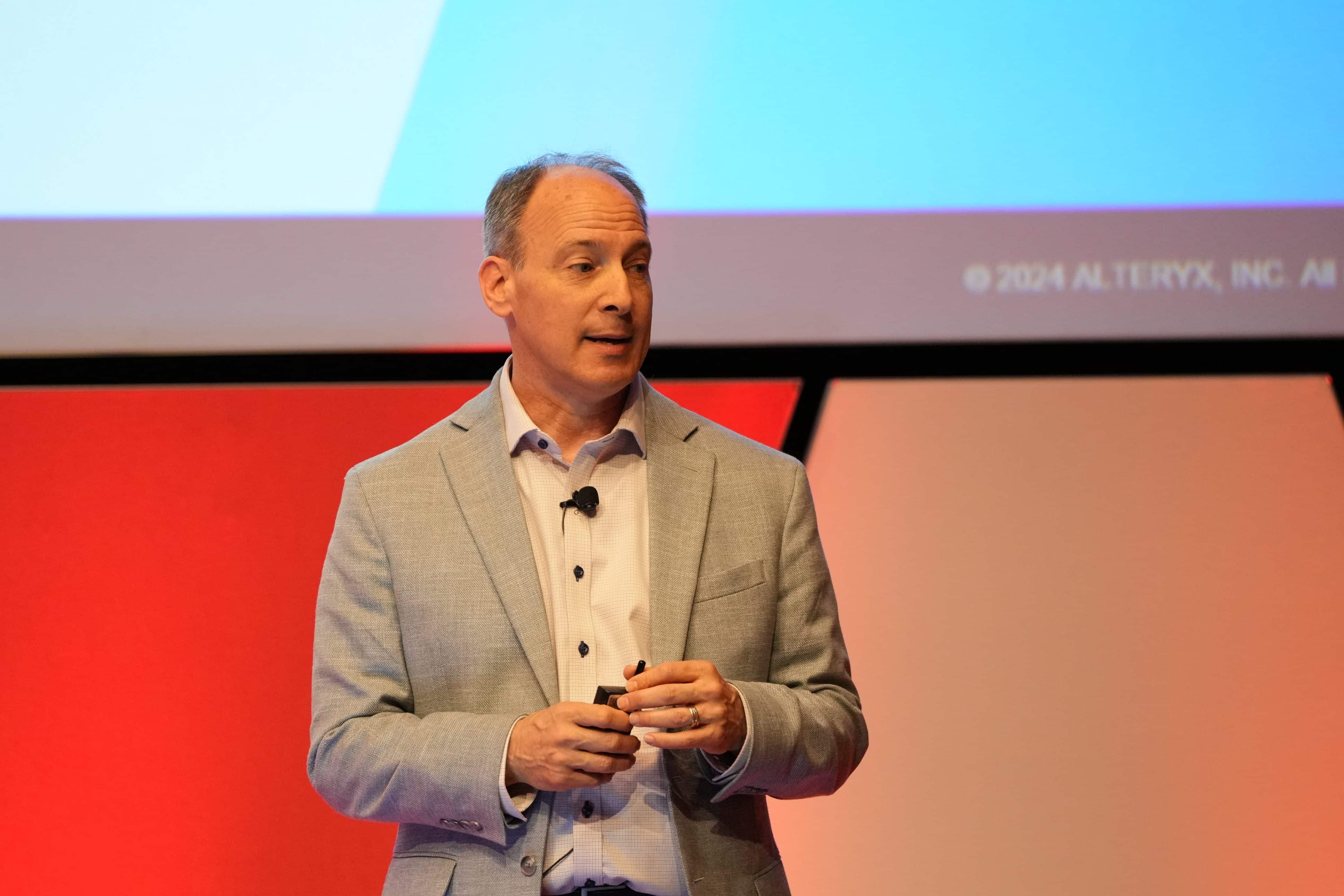
He observed that technical maturity varies widely across organisations.
Many vendors expect ideal implementation conditions, but few clients operate in that environment.
Success often comes from adjusting the delivery path to match current maturity levels.
Alan supported clients by reducing time to value rather than waiting for full transformation.
These perspectives reflect a common expectation.
Vendors gain traction when they anchor their solutions to specific business outcomes and demonstrate clear pathways to value under real-world conditions.
Governance must enable delivery, not restrict it
As CDAOs move beyond platform delivery into roles that manage risk, their focus shifts.
They are responsible not only for enabling innovation, but also for securing trust. Governance becomes the foundation for AI success.
Shankar Vedaraman, VP Data & Analytics at Salesforce and former Netflix Data Engineering and Analytics Leader, described how architectural decisions influence compliance.
Zero copy data models, which allow systems to access data without duplicating it, help reduce risk and improve control.
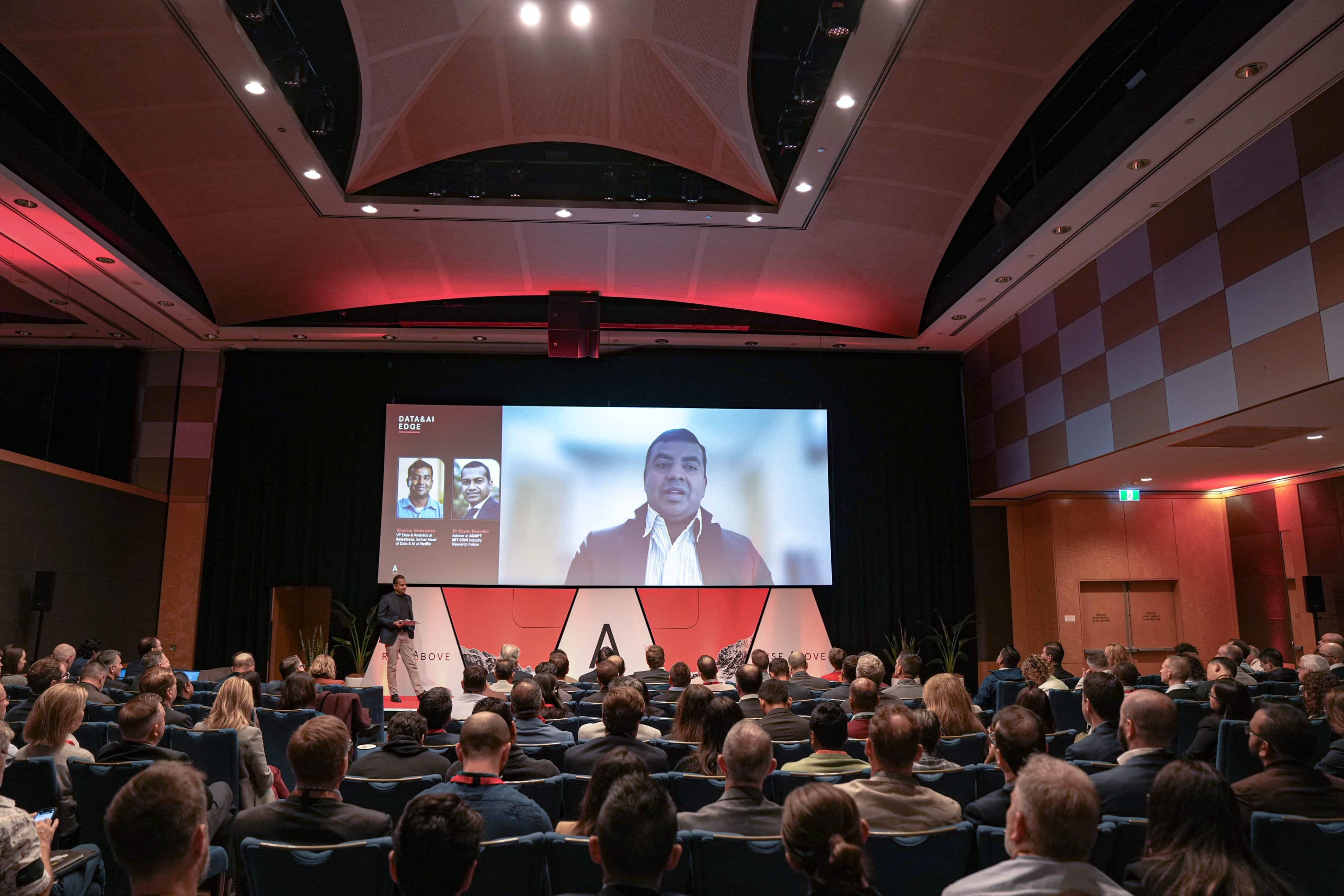
Despite their benefits, more than 60% of CDAOs remain unfamiliar with these models.
This lack of awareness keeps older, more fragile systems in place.
Dr Gayan Benedict, MIT Industry Fellow and ADAPT Advisor, noted that many vendors overlook governance capabilities during early engagement.
When proposals focus only on model performance or speed, they fail to reflect the day-to-day responsibilities of the CDAO.
Solutions that do not support oversight, traceability, and business alignment tend to stall.
Sonia Boije, Chief Data Officer at NBN, led a shift from centralised control to federated governance.
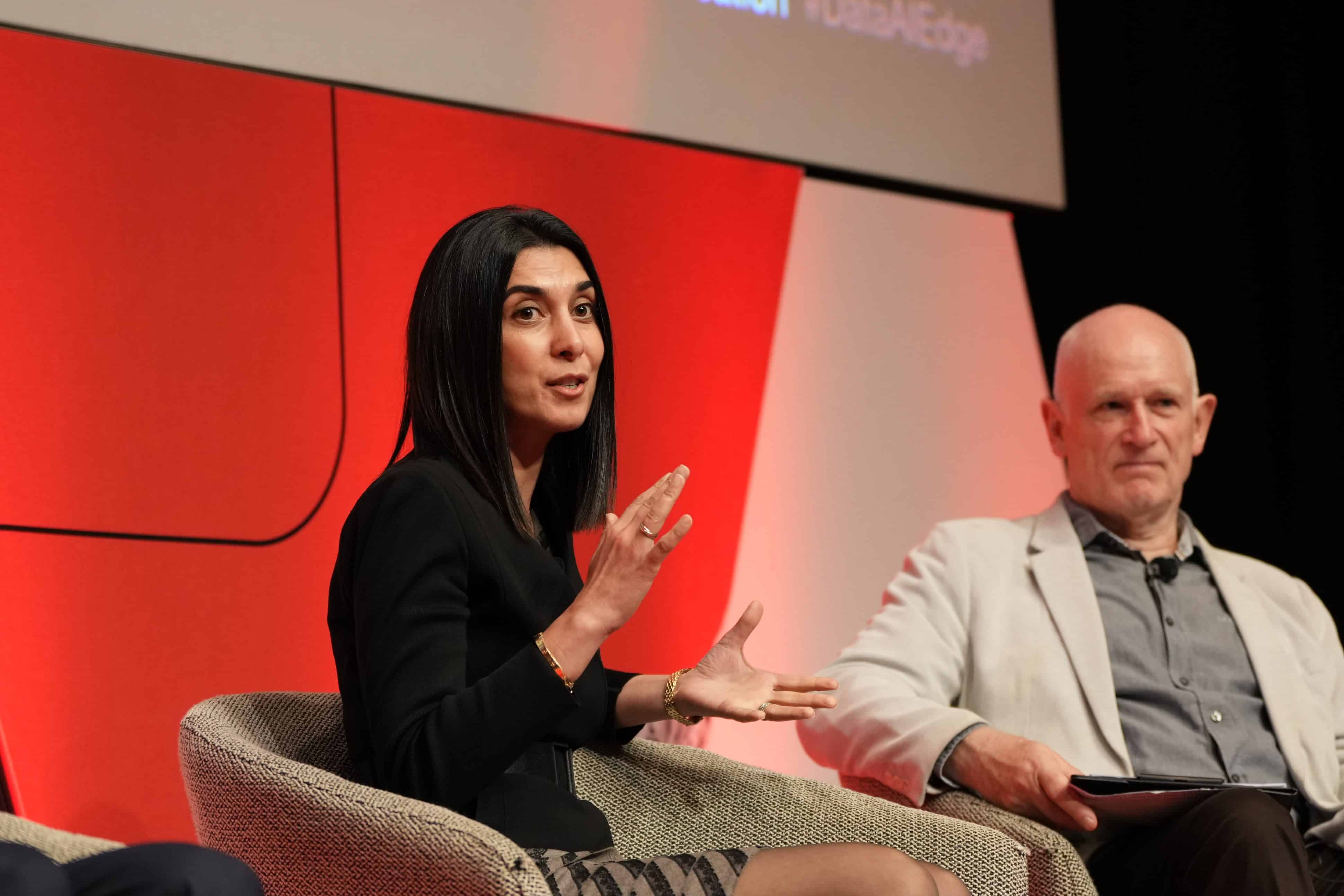
By distributing responsibility across business units, her team reduced delays and increased engagement.
Governance became a practical enabler, not a compliance hurdle.
Vendors that support this model are better positioned to meet the needs of teams working within regulated environments.
Simon Kriss, Chief AI Officer at simonkriss.ai, addressed this challenge from the board’s perspective.
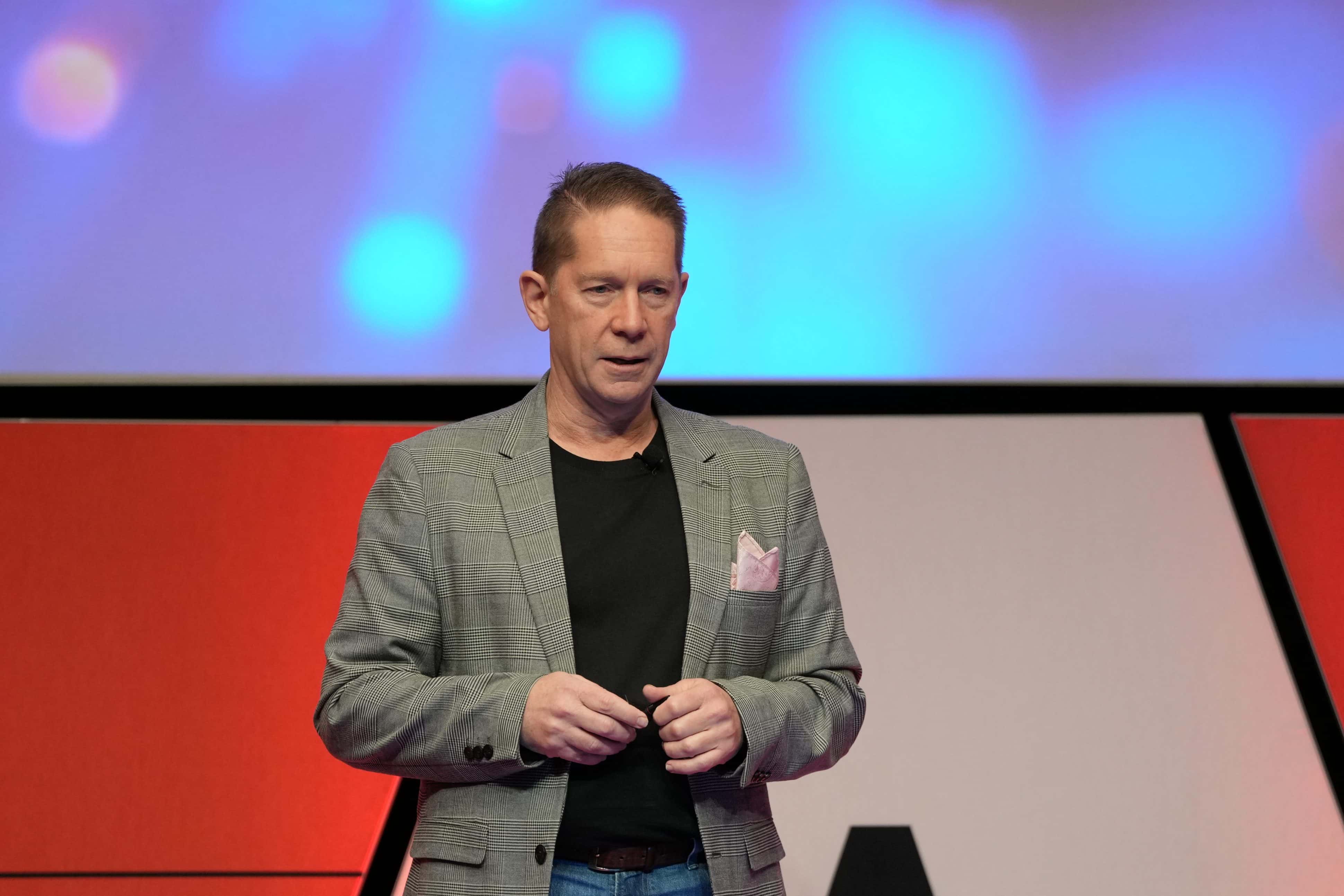
He explained that board members increasingly expect AI systems to demonstrate explainability, traceability, and ethical alignment.
Vendors that help CDAOs translate governance capability into board-level assurance provide more than software.
They provide legitimacy.
CDAOs now view governance as strategic infrastructure.
Vendors who align their architectures, features, and messaging with this responsibility improve their chances of meaningful engagement.
Internal capability limits AI scale more than tooling
The ambition to scale AI across the enterprise remains high.
However, the ability to deliver often depends on the depth and structure of internal teams.
Many organisations lack the staffing, skills, and support models required to embed AI meaningfully.
Less than 25% of organisations in Australia have established an AI Centre of Excellence.
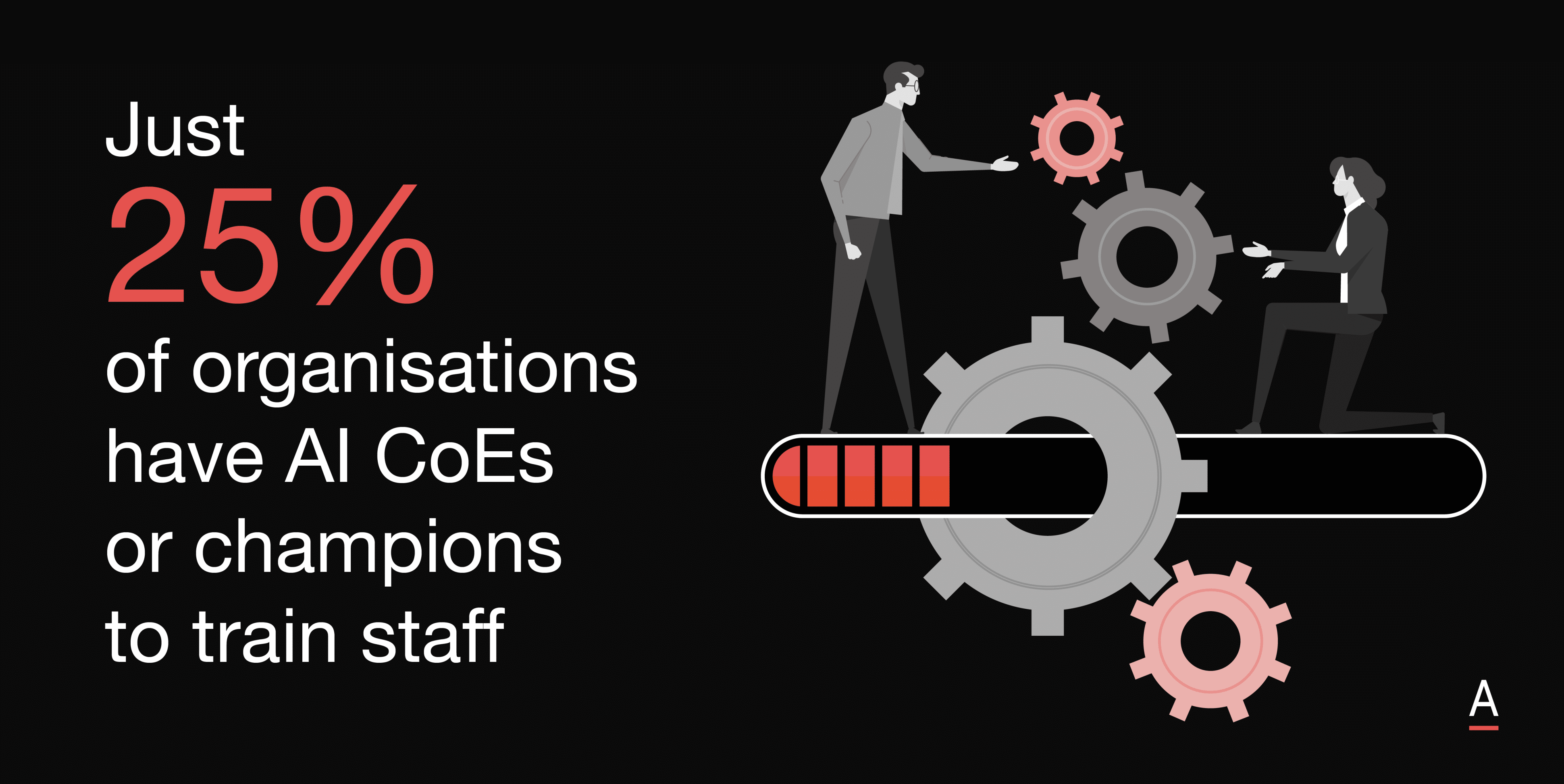
Fewer than one in ten have deployed AI training across their teams.
Many CDAOs work within environments that lack formal support, defined roles, or internal fluency.
Suzie Cardwell, Chief Data, Product and Technology, Enterprise at Nine, responded to this challenge by centralising data teams.
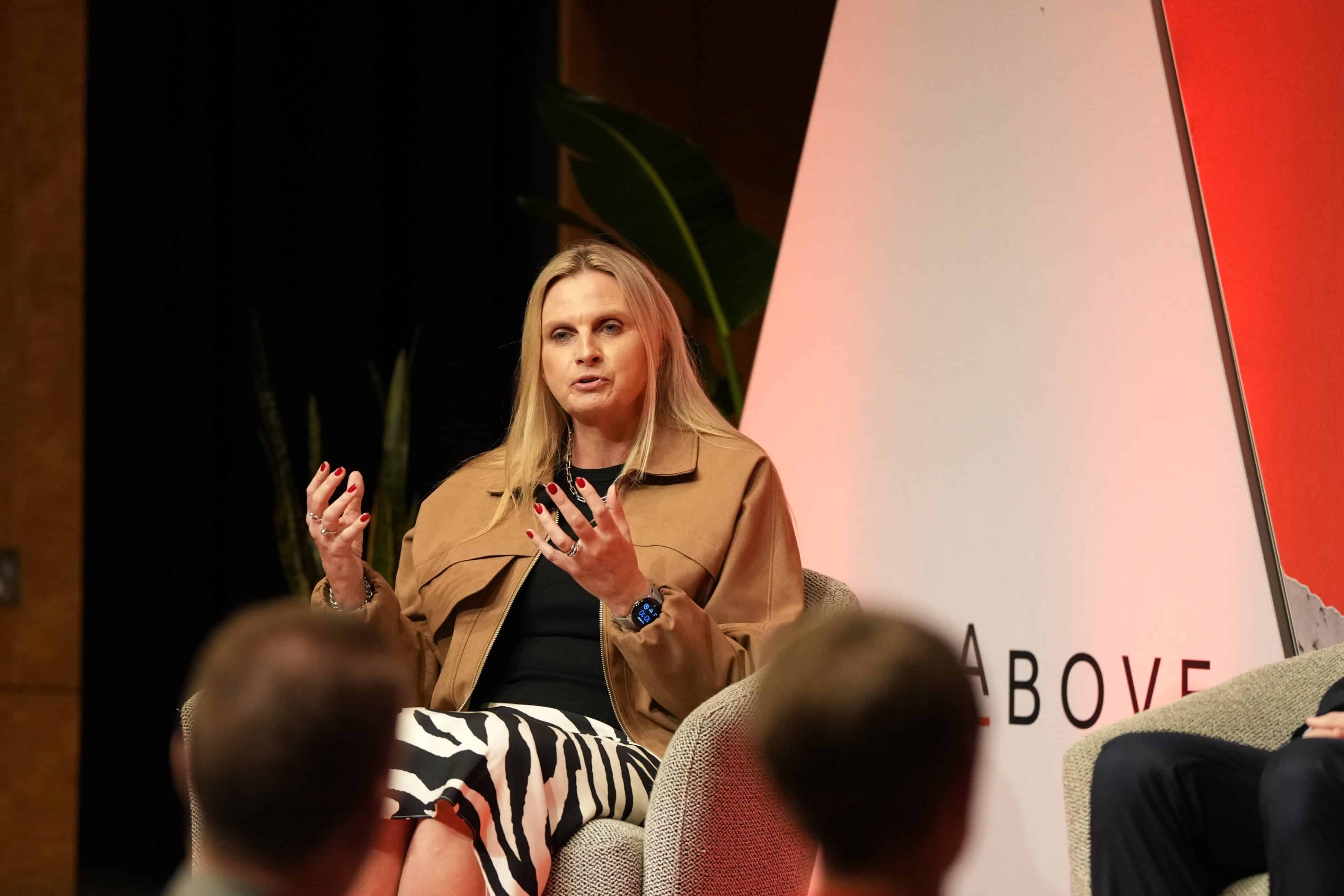
The restructure created accountability, removed duplication, and enabled consistent execution.
It also helped the executive team gain clearer visibility over delivery progress and challenges.
Professor Marek Kowalkiewicz, Professor & Chair in Digital Economy at QUT Business School, positioned AI as a form of intelligence that behaves differently from traditional software.
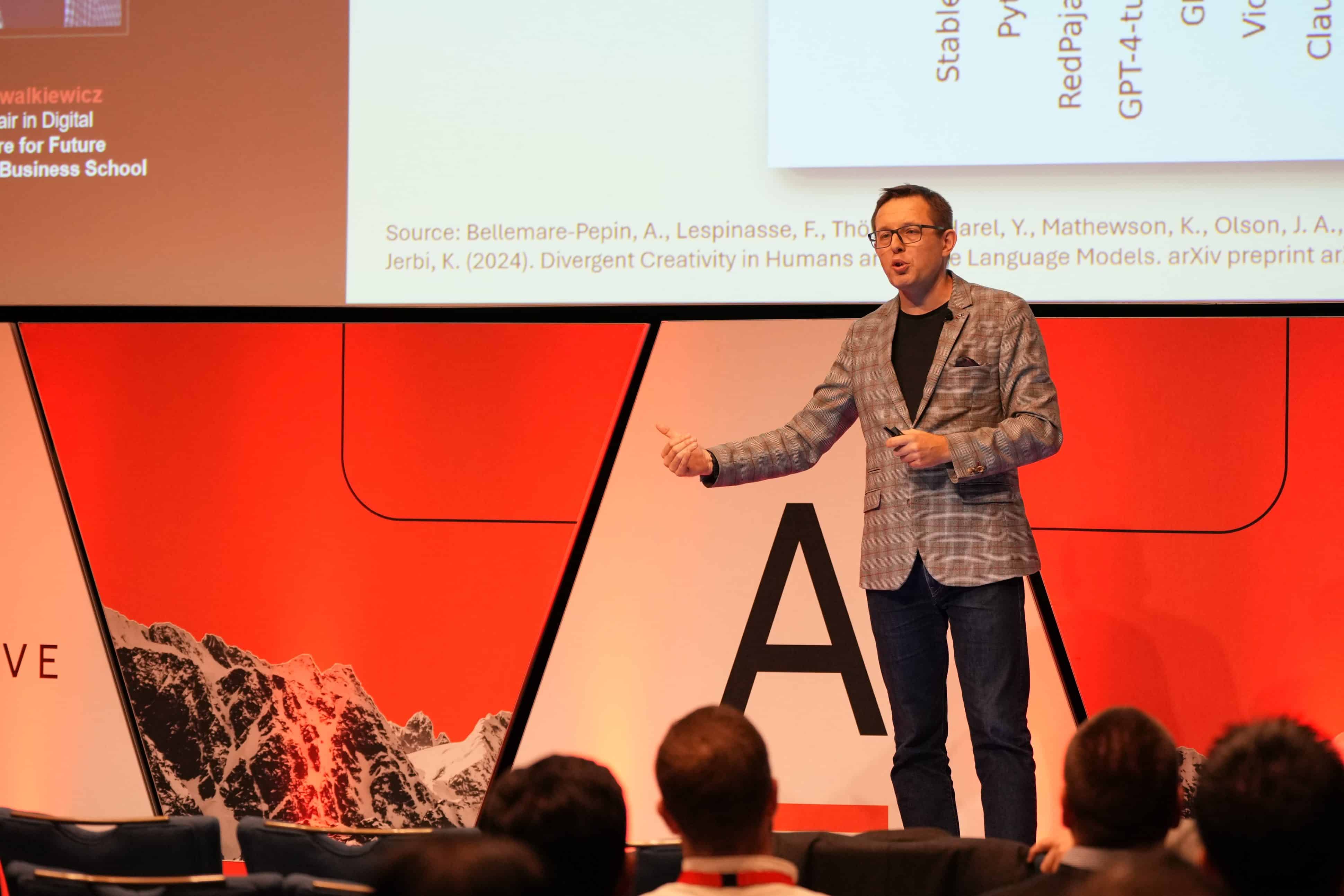
To use it well, teams must develop new mental models and new working practices.
Prof. Kowalkiewicz encouraged leaders to treat AI as a creative partner.
That shift requires more than adoption. It demands understanding.
Simon Kriss reinforced this view.
In his work with boards and executives, he emphasised that internal people, not platforms, define ethical boundaries.
Vendors often design for technical control.
But responsible use depends on organisational culture, training, and leadership.
Without internal capability, even the best tools fail to deliver sustained value.
Vendors who succeed in this environment do more than sell.
They support enablement.
They provide learning frameworks, onboarding pathways, and capacity-building resources.
Their success is tied to the confidence and capability of the teams they serve.
Vendors who succeed in 2025 will understand the CDAO’s real role
Technical compatibility no longer guarantees traction.
CDAOs operate within a complex mix of pressure, expectation, and risk.
Vendors that support delivery within that context will become essential partners.
Before presenting a product, vendors must ask three clear questions.
First, does this solution reflect how the board defines value today.
Second, can the organisation deliver results with the people and structure already in place.
Third, does the offer solve a visible operational challenge rather than a theoretical opportunity.
The most successful vendors will help CDAOs bridge the gap between ambition and execution.
They will understand the actual job, the actual constraints, and the actual stakes.




